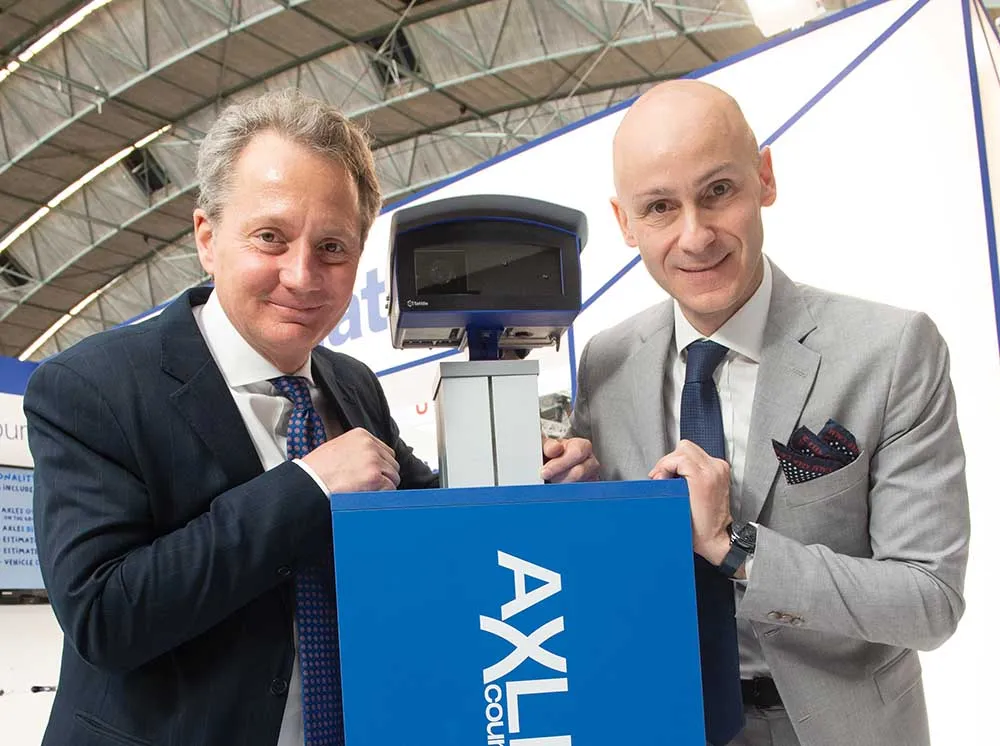Bartco UK has launched Queue Detect to help ease congestion on roads and highways by informing road users of potential delays and informing drivers of hazardous stationary traffic ahead. It uses frequency modulated continuous wave radar to detect slow-moving traffic which then notifies a central server to activate pre-planned messages on any number of variable message signs (VMS).
December 5, 2017
Read time: 1 min

Queue Detect is set with complex algorithms using traffic speed and flow to activate the pre-programmed message which appears instantly on the VMS to advise motorists of the change in traffic conditions.
Once traffic flow returns to the desired speed, the messages are removed from the VMS screen. These messages include warnings, alternative routes and information about keeping windows closed to reduce levels of pollution in cars.








